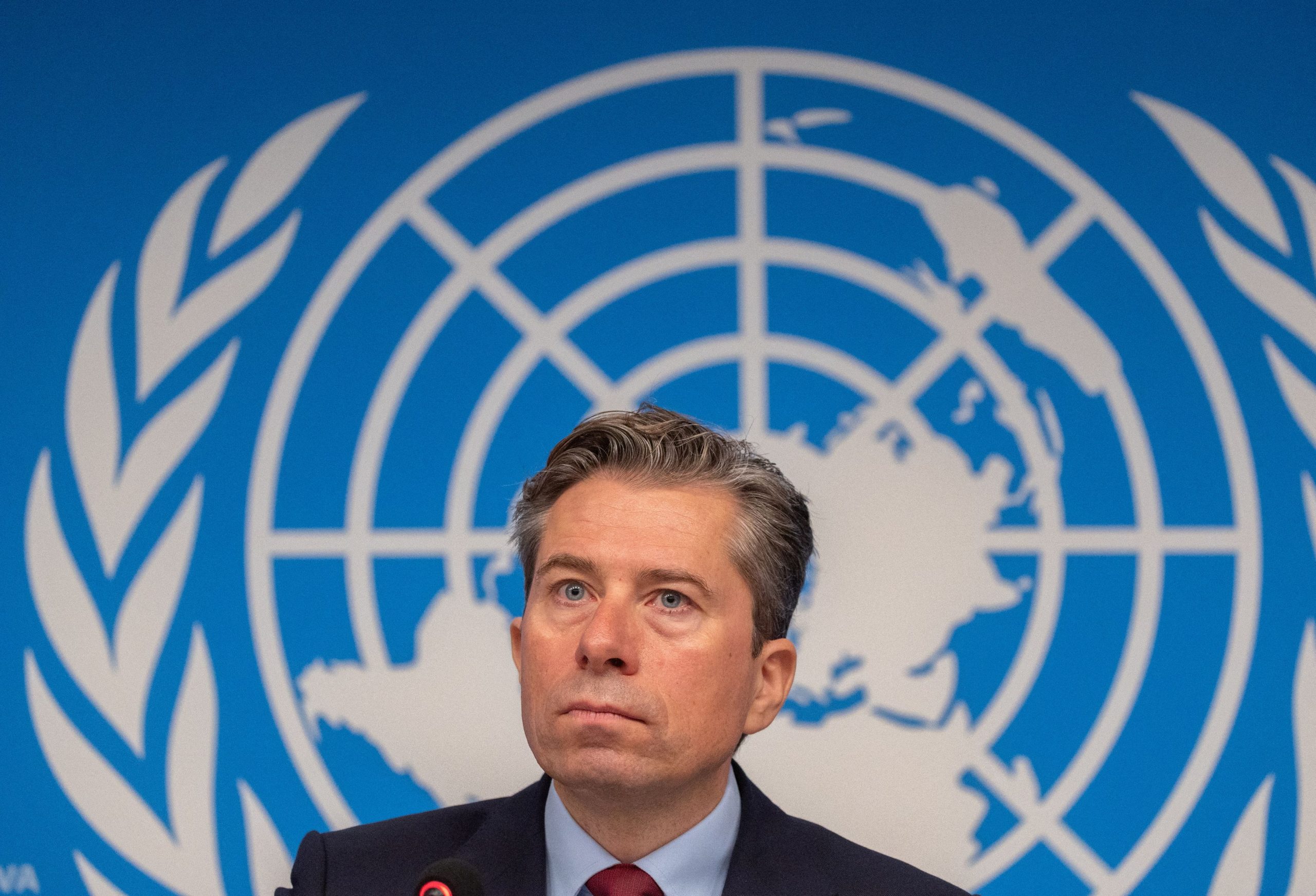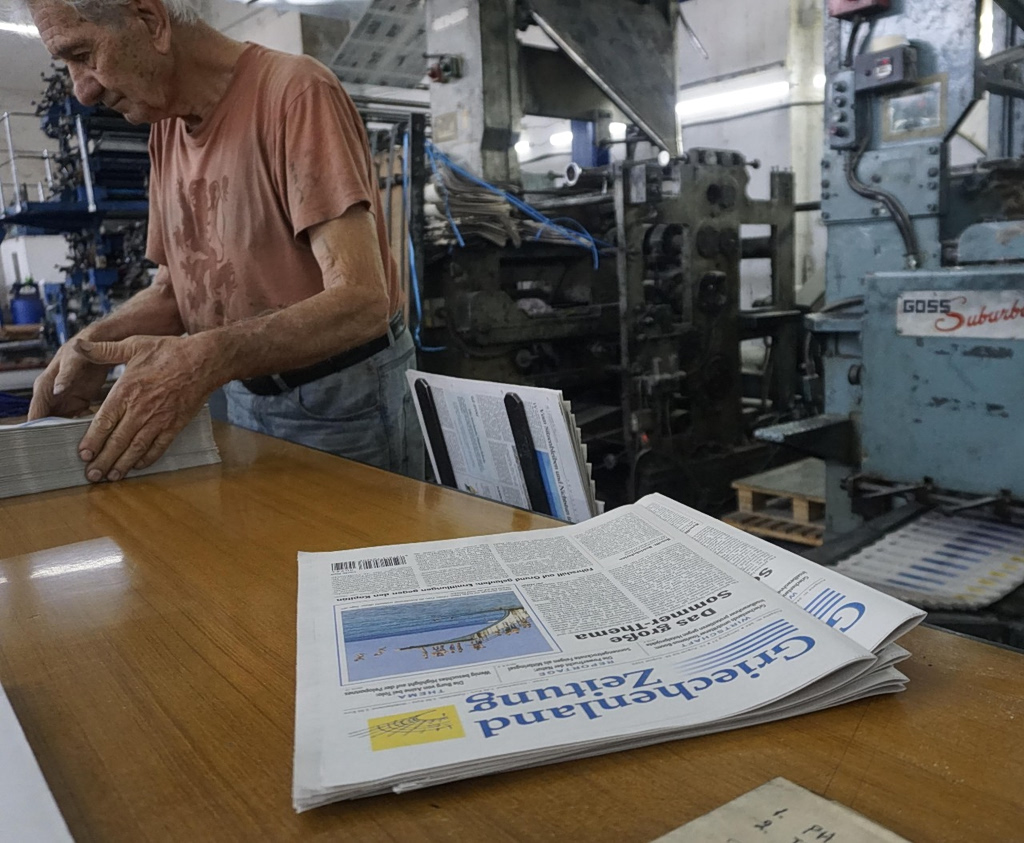The United Nations has issued a plea for $47 billion in humanitarian aid for 2025, aiming to assist 190 million people facing conflicts, starvation, and other crises. However, this call comes amid waning global willingness to fund international relief efforts, with this year’s appeal only 43% funded—a historic low.
The 2025 appeal targets assistance in 32 countries, including war-torn regions like Sudan, Syria, Gaza, and Ukraine.
Crises are lasting longer than ever, with the UN Office for the Coordination of Humanitarian Affairs (OCHA) reporting an average duration of 10 years. According to Mike Ryan, the World Health Organization’s emergencies chief, some nations are caught in a “permanent state of crisis,” exacerbating demands on limited resources.
UN Relief Chief Tom Fletcher spoke at a press conference saying that “we have a choice right now. We can either respond to these numbers […] or we can choose to let them down.”
The world is on fire. This is how we put it out.
In our flagship annual overview, we make the case for US$47 billion to support 190 million people who need urgent humanitarian aid and safety.
https://t.co/hLvNtVjlRr pic.twitter.com/y0GEhvxURT— Tom Fletcher (@UNReliefChief) December 4, 2024
The 2024 appeal was already slashed to $46 billion from $56 billion due to declining donor support, but contributions have remained alarmingly short. The United States, traditionally the largest donor, has provided over $10 billion—accounting for roughly half of the funds received so far. However, the future of U.S. support remains uncertain as political dynamics shift.
The funding shortfall has already forced significant cuts in essential services. In Syria, food assistance has been slashed by 80%, while water provisions in cholera-prone Yemen have also been reduced. Aid agencies are being pushed to prioritize only the most critical needs, leaving millions vulnerable.



